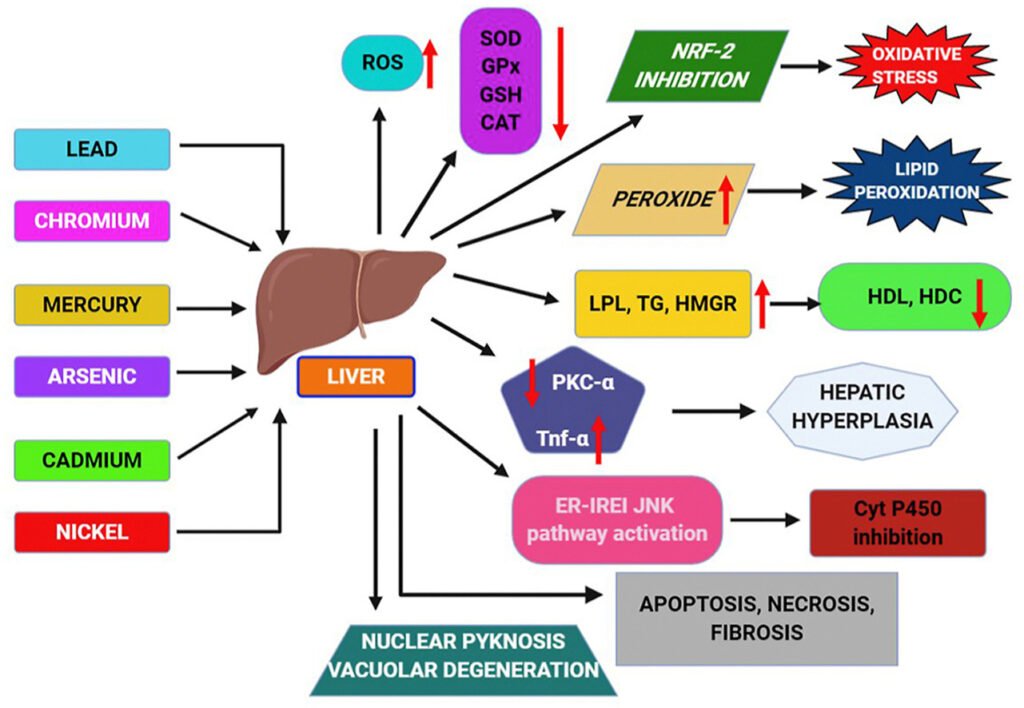Researchers at the Department of Energy’s Oak Ridge National Laboratory are tackling a worldwide water problem with a novel substance that targets not one, but two hazardous heavy metal contaminants for simultaneous elimination.

In real-world situations when water supplies include multiple chemically identical elements, they identified an adsorbent material with good selectivity for chromium and arsenic. The novel material catches chromium and arsenic in a balanced 2-to-1 ratio, according to the results. The key breakthrough generates synergy between chromium and arsenic capture, such that the material can remove more arsenic the more chromium it collects.
Arsenic and chromium are two of the most harmful toxins found in drinking water across the world. Both are poisonous and can have negative health consequences, including cancer.

These elements occur naturally, but their prevalence in the environment has risen as a result of widespread mining, production, and manufacture. Air, soil, and water are all affected by releases, although drinking water is the most prevalent route of exposure.
These metals dissolve in water to generate chromate and arsenate oxoanions, or salts, which are chemically identical to helpful minerals found in water such as phosphate, sulphate, nitrate, and bicarbonate. To separate toxic metals from the innocuous mineral salts that are essential to the ecosystem, targeted procedures are required.

The initial structure was changed by the researchers in order to convert collected chromium-6 into a less dangerous form, chromium-3. Chromium-3 also serves as an anchor point for arsenate binding. The novel structure allows for a chemical reaction that results in the formation of stable chromate-arsenate clusters that are tightly attached to the surface.
Toxins are successfully trapped indefinitely since they will not wash off or separate from the filter material unless intentionally removed by chemical processing. The team has patented the structure and is working with collaborators to expand the approach to other environmental pollutants.
Reference- Journal Small, Clean Technica, Oak Ridge National Laboratory Media Release






